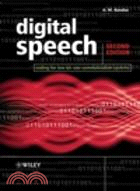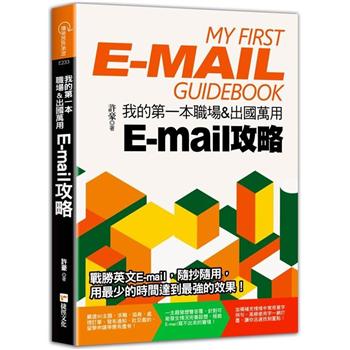Building on the success of the first edition Digital Speech offers extensive new, updated and revised material based upon the latest research. This Second Edition continues to provide the fundamental technical background required for low bit rate speech coding and the hottest developments in digital speech coding techniques that are applicable to evolving communication systems.
- Features new chapters on Pitch Estimation and Voice-Unvoiced Classification of Speech, Harmonic Speech Coding and Multimode Speech Coding
- Presents a comprehensively revised chapter entitled Analysis by Synthesis LPC Coding including specific examples of popular speech coders such as CELP (Code-Excited Linear Predictive) Coding
- Contains an updated chapter on Efficient LPC Quantization Methods including MSVQ and anti-aliasing filtering
- Discusses Voice Activity Detection (VAD) methods
- Offers expanded coverage of speech enhancement techniques such as echo cancellation and noise suppression
Written by a well-known, highly respected academic, this authoritative volume will be invaluable to practising engineers, network designers, computer scientists and advanced students in communications, electrical and electronic engineering.












